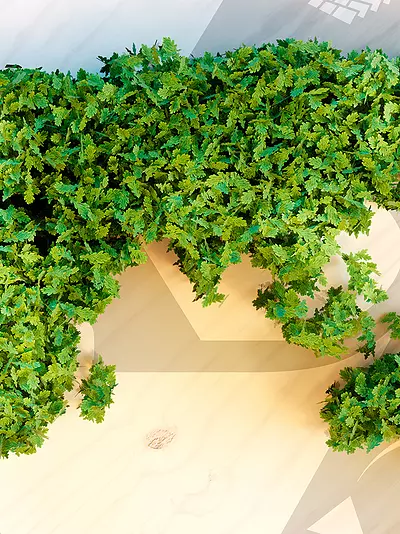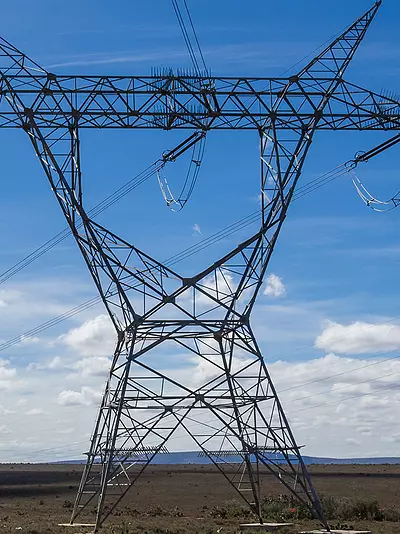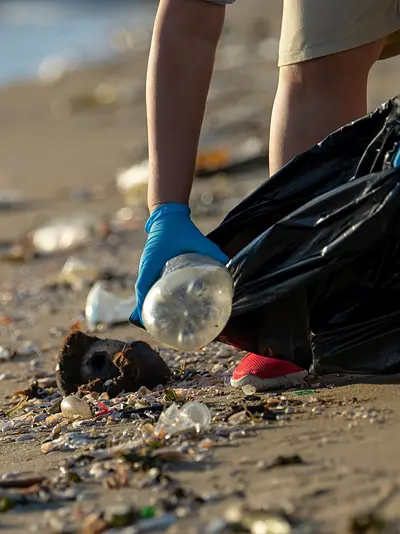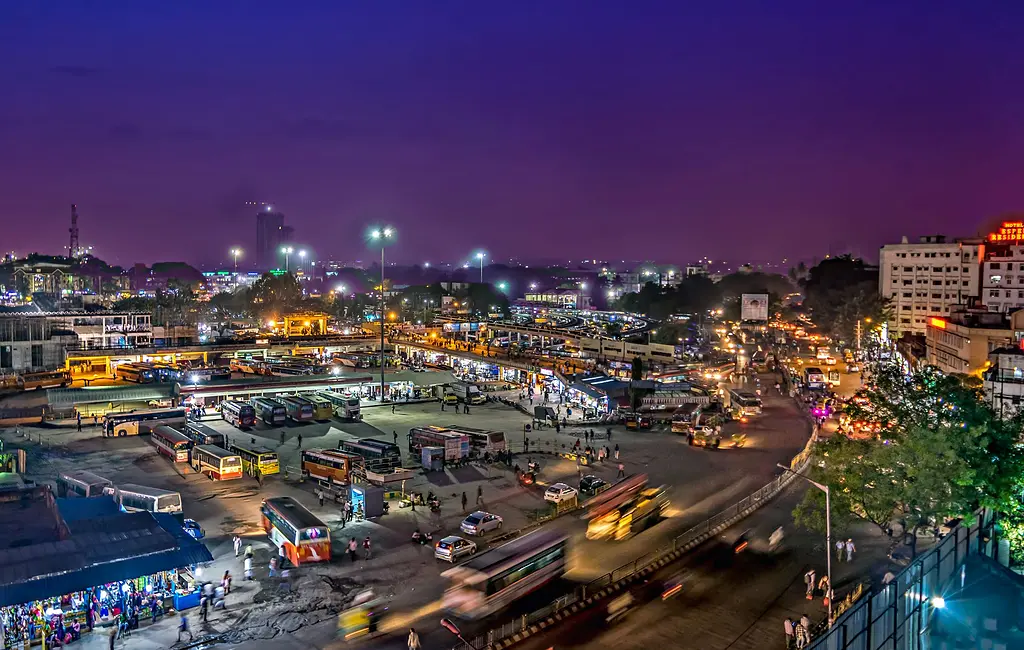
The Asia region has sustained impressive growth and progress on development challenges, with more than 1 billion people rising out of extreme poverty in the past three decades. RTI has worked in Asia since the 1990s and, in 2003, I started my time with RTI in Indonesia. Today, I oversee RTI’s work in India and a portfolio of 10 sustainable growth and resilience projects in the region that are funded by the U.S. Agency for International Development (USAID).
What is truly inspiring about Asia’s growth and trajectory is how countries in the region are embracing and leading the way in innovation, from electric vehicles to 3D printing, artificial intelligence, and robotics. Half of the world’s internet users are in Asia and the region accounts for a majority of the world’s science, technology, engineering, and math (STEM) graduates.
While there is good reason to be hopeful about Asia’s future, the region also faces many challenges, especially with the ever-increasing impacts of climate change. As growing issues like energy security, urban resilience, and health security present risks to economies and well-being across Asia, continuing support for innovative solutions can help the region achieve a greener and healthier future for all its people.
Going Green to Meet Energy Needs
Asia is expected to account for over half of the world’s capacity for new renewable energy by 2040. Development of the region’s incredible potential for green power and continued innovation are both critical. Asia currently consumes more energy than any other region in the world and will need much more as its population grows.
India is a prime example as the world’s third-largest energy consumer. An early adopter of new technology, the country has cultivated a strong start-up and innovation culture that is attracting outside investors as well as foreign and domestic investment. This culture and resulting cutting-edge technologies are likely to rapidly change India’s economy, creating more opportunities for partnerships and investment that address development challenges like energy security.
Through the USAID South Asia Regional Energy Partnership (SAREP), we’re working with partners in India to decarbonize its public transportation sector, from deploying electric buses to helping the Ministry of Railways meet its target of net zero by 2030.
Asia’s industry-heavy economies can make transitions like this tough, but programs like USAID SAREP are helping countries lower the financial risks to green investment by building supportive environments for private sector engagement and regional trade of clean energy. The impact is seen not only in greenhouse gas emission reductions but also in improvements to public health as emissions and pollution decrease, especially in urban areas.
From Circular Economy to Resilience and Equity
Urban areas in Asia are home to over 2 billion people, with an additional 1.2 billion people expected to join them by 2050. The pace of urbanization has left many Asian cities with inadequate housing, overburdened infrastructure, and lagging municipal services like water and waste management, which exacerbates existing inequalities.
For example, as more of the population moves to cities, urban markets are being flooded with packaged foods and becoming more reliant on global supply chains. The resulting increase in plastic pollution risks overwhelming urban public services like waste management.
Creating a circular economy for plastic packaging that would otherwise contribute to pollution offers opportunities for inclusion and resilience. About 80% of plastic in the ocean comes from countries in the Asia Pacific region. On a trip to Sri Lanka earlier this year, I visited a plastics factory where RTI is internally-funding research and development to improve green plastic processing to help keep green plastics out of oceans and other ecosystems. The USAID Ocean Plastics Reduction Activity is also helping reduce demand for plastic with alternatives and incentives. The activity supports informal workers in the waste sector, including independent collectors and women-owned recycling businesses, to help them build safe and profitable livelihoods servicing urban communities.
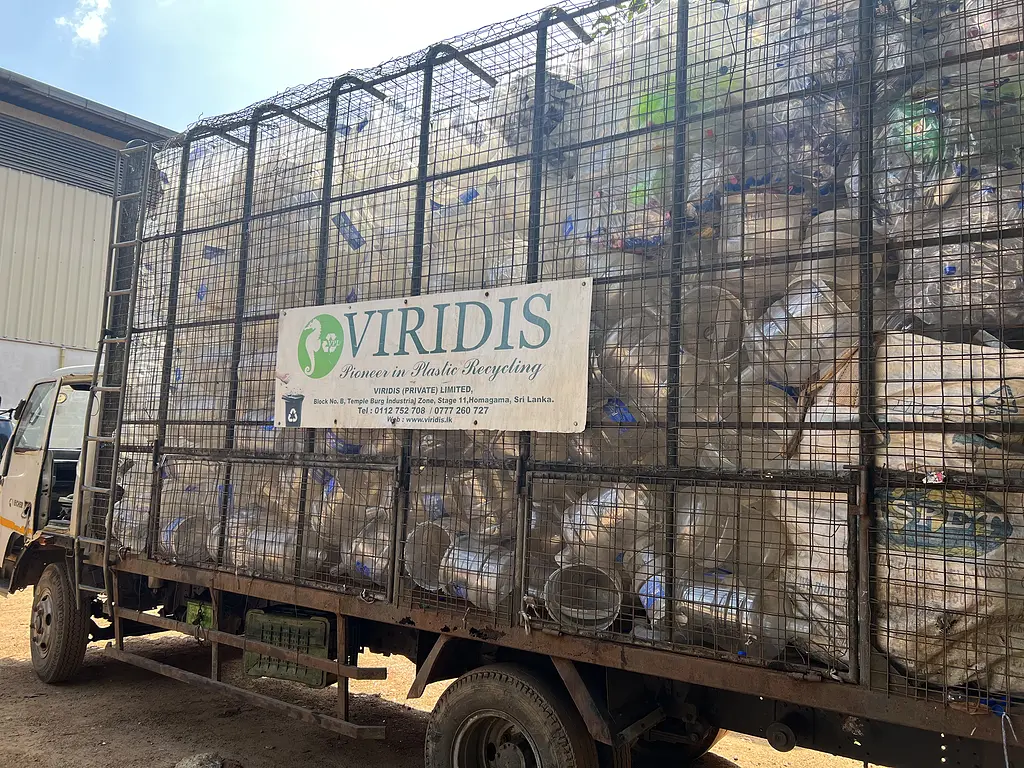
At the plastics factory in Sri Lanka, where RTI is working to improve green plastic processing.
Innovations for Health Security
Ensuring the delivery of essential health services for Asia’s growing population is a defining challenge for the region and for global health security. More frequent and unpredictable extreme weather events like floods and droughts, along with extreme heat, are spreading disease and imperiling livelihoods, which hinders access to nutrition and healthcare.
Innovative technologies can help increase access, improve quality, and strengthen resilience. In Papua New Guinea, for example, solar-powered mini-grids are helping health centers reduce emissions from diesel-powered generators while providing more reliable, round-the-clock energy for lights, refrigeration, and equipment. Babies are no longer delivered in the dark and blood can be stored on-site for transfusions if a mother needs it.
In the Philippines, the USAID ReachHealth project is integrating climate risk management into health system strengthening. Typhoons and other disasters hurt health infrastructure and create a spike in need for emergency healthcare. By building the capacity of health workers and local governments to provide services during and after extreme weather events, ReachHealth is helping the country build the resilience of its health sector to climate shocks.
Looking Ahead to Asia’s Future
Asia is a diverse region with both opportunities and challenges for sustainable development in the years ahead. Innovative technologies and approaches can help countries in the region deliver energy security, urban resilience, and good health for their people. RTI is committed to helping Asia build a sustainable future. We will continue working alongside Asian partners to achieve these ambitions in ways that ultimately result in more equity and resilience.

